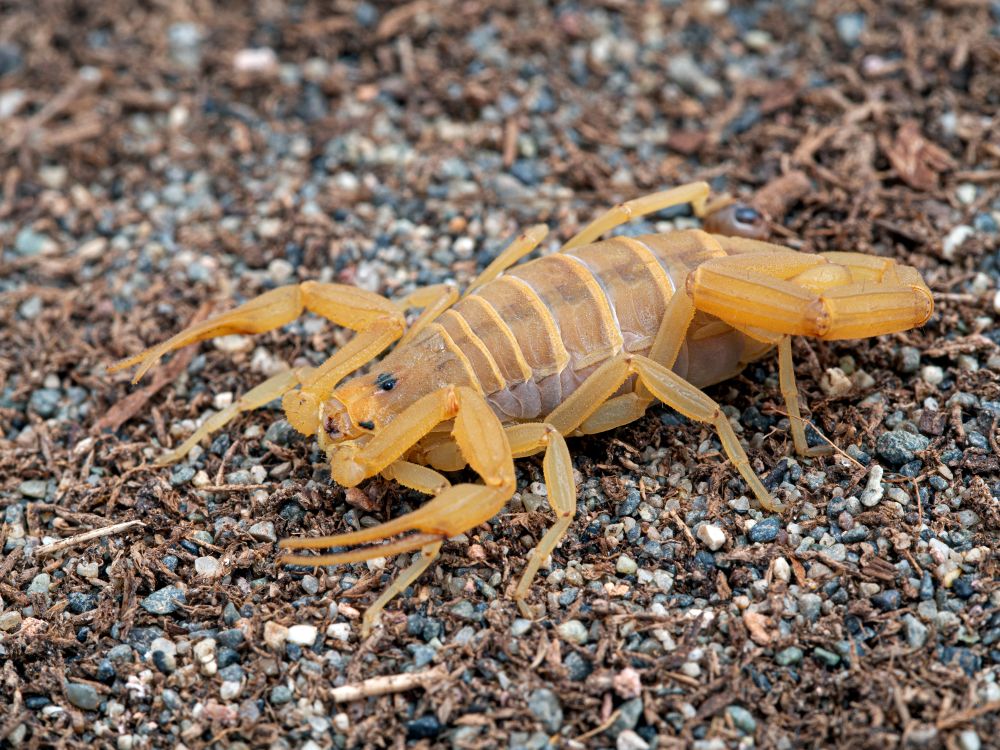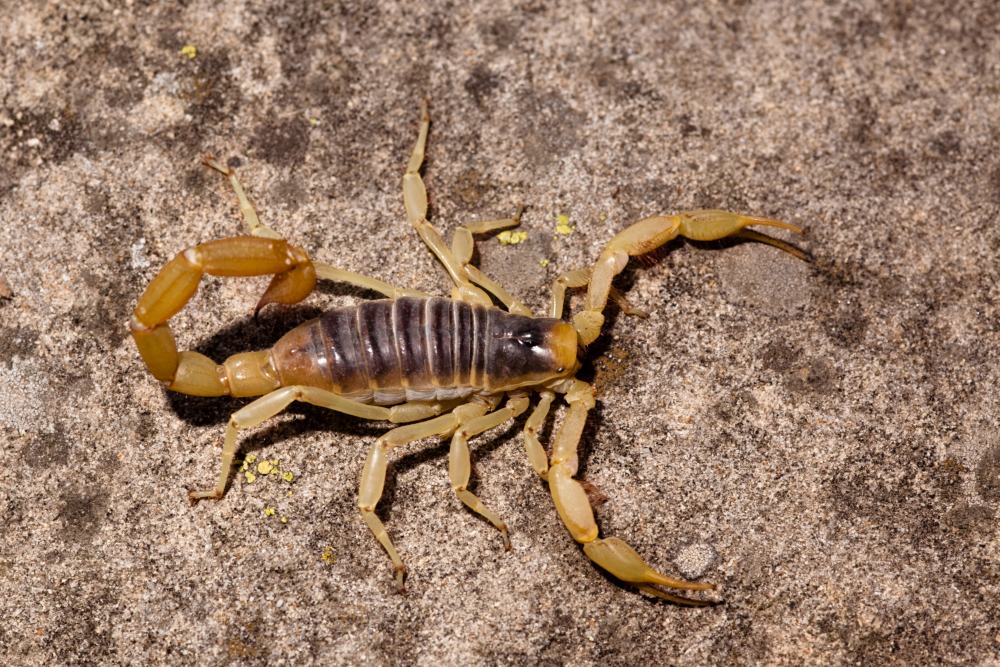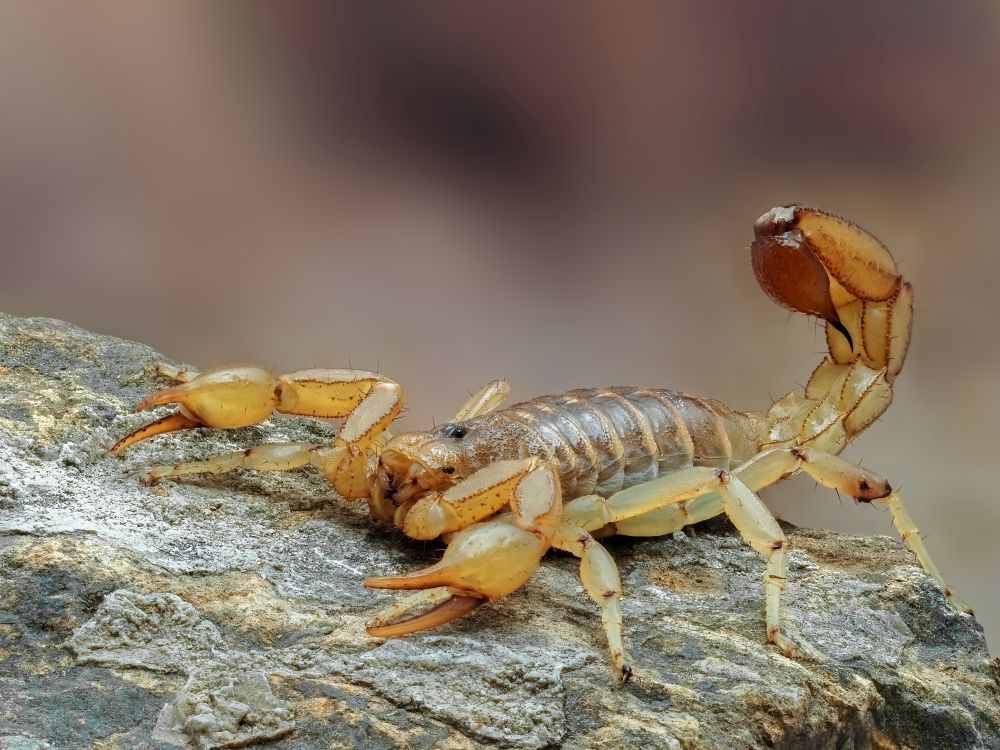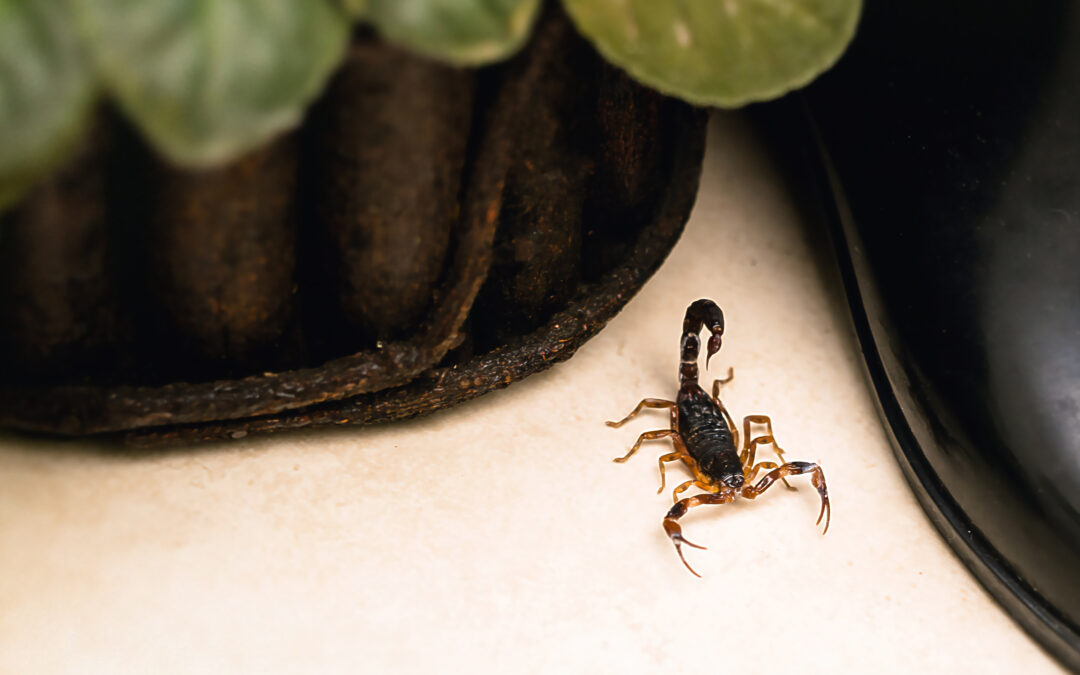Rising Scorpion Sightings in Phoenix
Homeowners in Phoenix know that scorpion season is not to be taken lightly. Public health officials have warned about a possible increase in scorpion activity in 2025. Warmer weather earlier in the season is to blame for the possible surge. This, paired with ongoing urban development, disrupts some of the natural habitat and lifecycles of scorpions throughout the valley.
Pest control experts expect this year to be one of the busiest yet for scorpion problems.
When Scorpions Are Most Active
Seasonal and Daily Activity
Scorpions are not just a summer problem. They can be found year-round in Phoenix and the surrounding Valley, but they are most active March through October. These pests prefer coming out at night, from dusk until dawn, when it’s cooler outside.
Weather Influence on Activity
Scorpions are more active after rain, monsoon storms, and other humid conditions. They look for insects to eat and dry places to hide. If you spend time outdoors at night or in the early morning, or if you have sprinklers or irrigation, be extra careful. Scorpions are easier to spot at night with a blacklight, as they glow under UV light.
Common Species of Scorpion Found in Arizona
Arizona is home to a few different scorpion species, but these are the most common in the Phoenix area. Here are the top three scorpion species we see in the Valley (with pictures to help you differentiate!):

Arizona Bark Scorpion
The Arizona bark scorpion is the most dangerous and most common scorpion in the Phoenix area. It is slender, yellow-tan, and usually about two to three inches long. Bark scorpions can climb walls and are often found indoors, especially in bathrooms, laundry rooms, and garages.

Desert Hairy Scorpion
This is the largest scorpion in the United States, sometimes growing up to five inches. These scorpions are usually found outdoors under rocks or in gardens and are not often seen inside homes.

Stripe-tailed Scorpion
The stripe-tailed scorpion is medium-sized and tan with dark stripes on its tail. It is less venomous than the bark scorpion but still has a painful sting.
Identifying the Bark Scorpion
Most homeowners are concerned about the bark scorpion, since it is more likely to find its way inside than other species. It is light yellow or tan, sometimes with faint stripes, and usually measures two to three inches long. Its body and tail are slender, and its pincers are thin. Bark scorpions can climb up walls and even hang from ceilings. If you see a scorpion inside your home, especially up high, it is likely a bark scorpion.
How Dangerous Are Scorpion Stings?
Most scorpion stings are similar to a bee or wasp sting: painful but not usually life-threatening. However, the bark scorpion is the only species in Arizona considered truly dangerous to humans. Its sting can cause serious problems, especially for children, older adults, or anyone allergic to scorpion venom.
Symptoms of a bark scorpion sting include intense pain and numbness, tingling or twitching muscles, trouble breathing or swallowing, and sometimes nausea or vomiting. If someone is stung by a bark scorpion and shows serious symptoms, it is important to get medical help right away.
Quick Tips for Preventing Scorpion Infestations in Your Home
Keeping scorpions away from your home starts with making your house less attractive to them. Sealing gaps around doors, windows, and pipes, installing weather stripping and door sweeps, and patching cracks in your foundation or walls can help keep scorpions out. Reduce possible hiding spots by keeping your yard clean by removing piles of wood, rocks, and debris, and trimming bushes and trees away from your house.
You should also control other bugs around your home, since scorpions feed on insects like crickets, cockroaches, and spiders. Avoid leaving porch or patio lights on all night, since lights attract bugs, which then attract scorpions. For the best results, add ongoing pest control treatments to your home maintenance
What To Do If You See Scorpions Near Your Home
If you spot a scorpion inside or outside your home, stay calm and try to keep children and pets away from the area. If you feel comfortable, you can use long tongs or a jar to capture the scorpion and release it far from your home, but never handle a scorpion with your bare hands. Check dark, damp places inside your home, like under sinks, in closets, or in the garage, for more scorpions.
It’s a good idea to call a professional pest control company right away for an inspection and treatment even if you see just one or two scorpions. When you contact Sage Solutions Pest Control, our technicians are dispatched to your home within 24 hours for a free in-home inspection and pest treatment consultation.
Contact Sage Solutions Pest Today for Fast, Efficient Scorpion Removal
Whether you have seen a scorpion or are interested in adding more prevention methods to your home and business, our team of pest professionals can help. We customize every treatment plan to your unique needs, putting your safety and peace of mind above everything else.
Contact our team to learn about current deals on pest treatments: Book your free inspection now.

